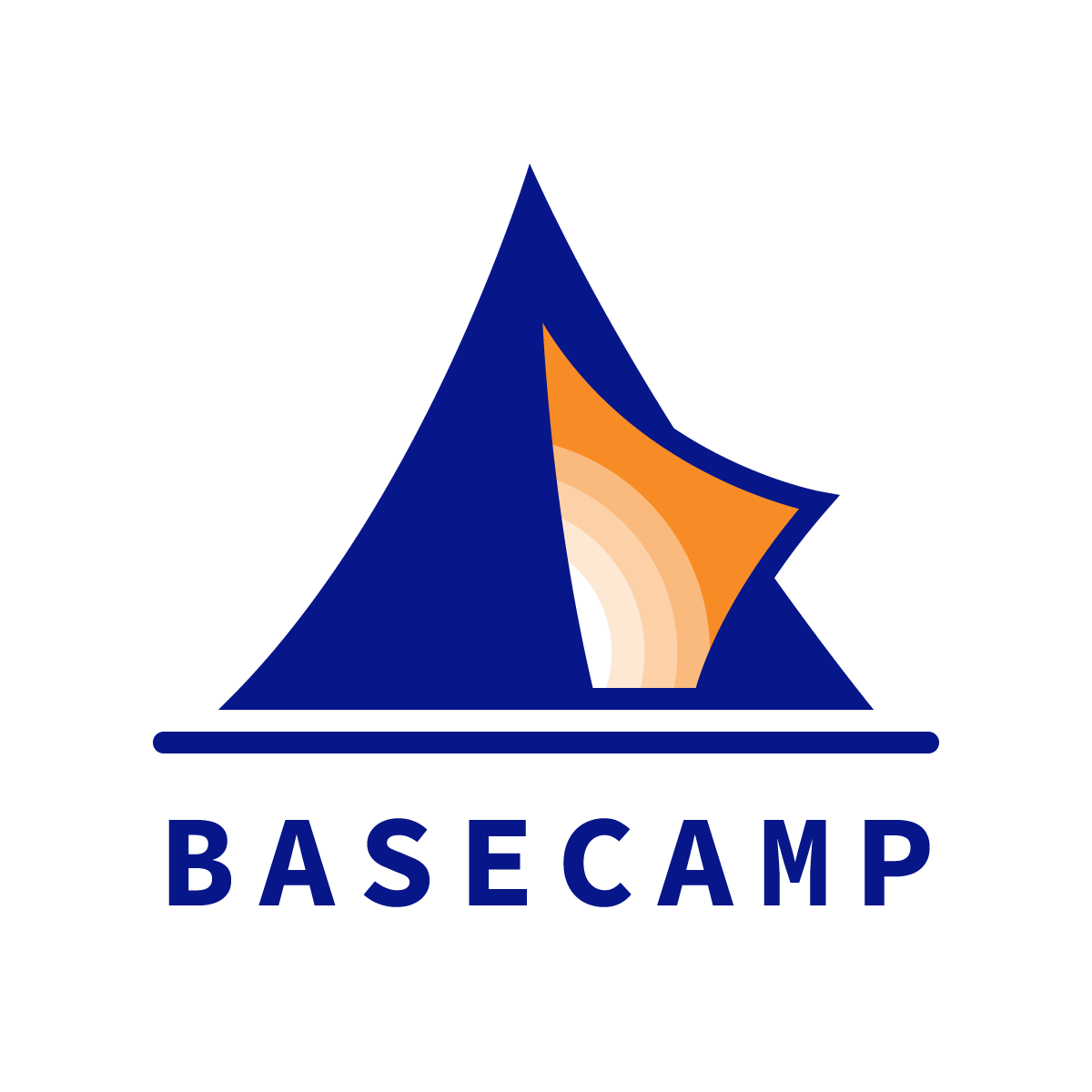Designing for "Moreness"
Among other things, COVID-19 has laid bare the impoverishment of much of what passes for “curriculum.”
Whether I’m reading about “engaging ways to teach [fill in content or skills]” or watching my 13-year old son slump in front of his laptop until he’s prompted to call out a fill-in-the-blank answer, I’m regularly reminded that something is missing.
Paul Michalec diagnoses the problem this way:
“In learning spaces where rules, protocols, and prescribed curriculum is the norm, students are likely to approach learning as a transaction. They adapt their intellectual and personal behavior to align with teacher notions of ‘right actions and right thinking’ in exchange for a good grade. In such classrooms the emphasis is on behavior rather than learning. When the course is finished—the grade is given—and there is little need to retain the knowledge. In contrast are the classrooms that strive for ‘moreness’ where students and teachers ‘…go beyond what we were and are and become something different, somehow new’ (Dwayne Huebner). […] The classroom is alive with the possibility of change and growth for all.”
We should not confuse this with adding more salt or pepper to the recipe—it’s not a question of sprinkling curriculum and assessments with social-emotional stuff.
Instead, we should start with the yearning for “moreness” at the center of every human being. That’s why every Expedition is organized around our 4 big questions:
Who am I?
Who are we?
What matters to us?
What are we going to do about it?
Do we want learners engaging in a transaction for a good grade, or do we want them engaging in a relationship with themselves and others for something more?
***
H/T to Garreth Heidt (@Ed_by_design) for directing me to the “moreness” essay.
***
Thank you for reading this post from Basecamp's blog, Ed:Future. Do you know someone who would find the Ed:Future blog worthwhile reading? Please let them know that they can subscribe here.

